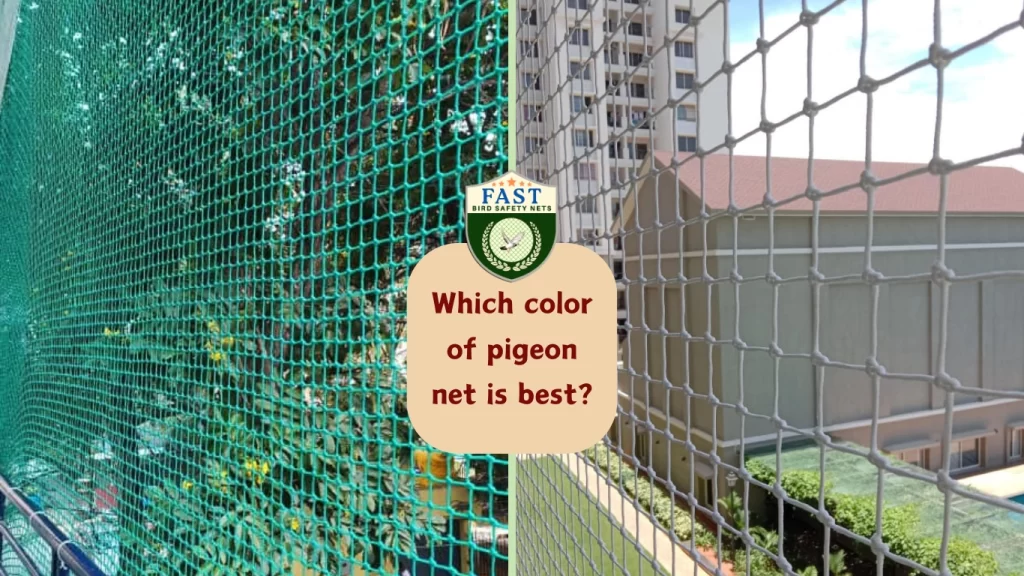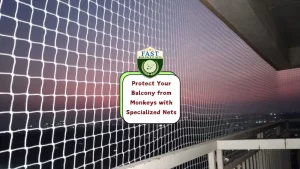Pigeon netting is an effective solution to prevent birds from nesting or roosting in unwanted areas. When selecting pigeon netting, one crucial consideration is the color of the net. While it may seem like a minor detail, the color can significantly impact the effectiveness and aesthetics of the net. In this guide, we’ll explore the factors to consider when choosing the color for pigeon net.
1. Visibility:
The primary purpose of pigeon netting is to create a barrier that is invisible or minimally visible to birds while providing effective protection. Therefore, the ideal color for pigeon netting is one that blends seamlessly with the surrounding environment. Typically, transparent or nearly invisible netting, such as clear or translucent options, is preferred for its discreet appearance.
2. Aesthetics:
While functionality is paramount, aesthetics also play a crucial role, especially when installing pigeon netting in residential or commercial settings. The color of the net should complement the building’s exterior or surroundings, enhancing rather than detracting from the overall appearance. Neutral colors like Green, White or Milky White are popular choices as they tend to blend well with most architectural styles and color schemes.
3. UV Resistance:
Exposure to sunlight can cause deterioration and fading of pigeon netting over time, compromising its effectiveness and longevity. Therefore, it’s essential to choose a color that offers adequate UV resistance to withstand prolonged sun exposure without fading or degrading. Darker colors like Green, etc., typically provide better UV protection compared to lighter shades.

4. Bird Behavior:
Birds, including pigeons, are more likely to perceive and avoid darker colors, making them less inclined to land or perch on dark-colored netting. Therefore, darker shades may offer a slight advantage in deterring birds compared to lighter colors. However, the effectiveness of the net ultimately depends on various factors, including the bird species, environment, and proximity to food sources.
5. Environmental Considerations:
In some cases, environmental factors may influence the choice of netting color. For example, in areas prone to heavy pollution or soiling, lighter-colored netting may show dirt and stains more prominently, requiring more frequent cleaning and maintenance. In such situations, darker colors may be more practical as they can camouflage dirt and debris to some extent.
Conclusion:
Choosing the best color for pigeon netting involves considering factors such as visibility, aesthetics, UV resistance, bird behavior, and environmental considerations. While transparent or nearly invisible netting is often preferred for its discreet appearance, darker colors like green or black may offer better UV resistance and bird deterrence. Ultimately, the ideal color depends on your specific needs, preferences, and environmental factors. By carefully weighing these considerations, you can select pigeon netting that provides effective bird control while enhancing the overall aesthetics of your property.






